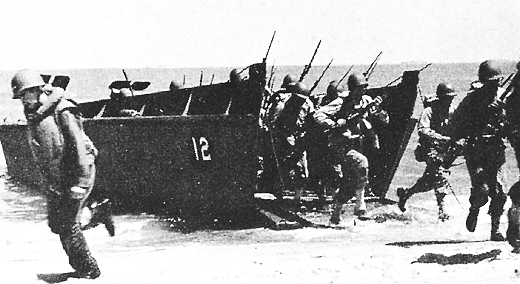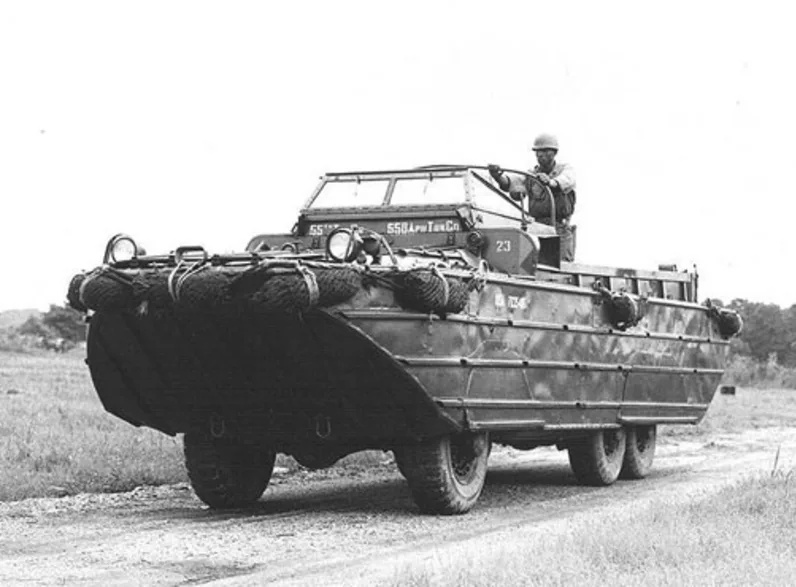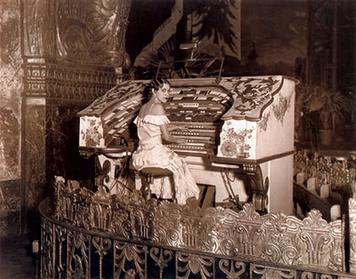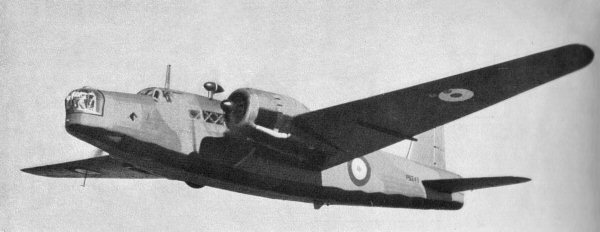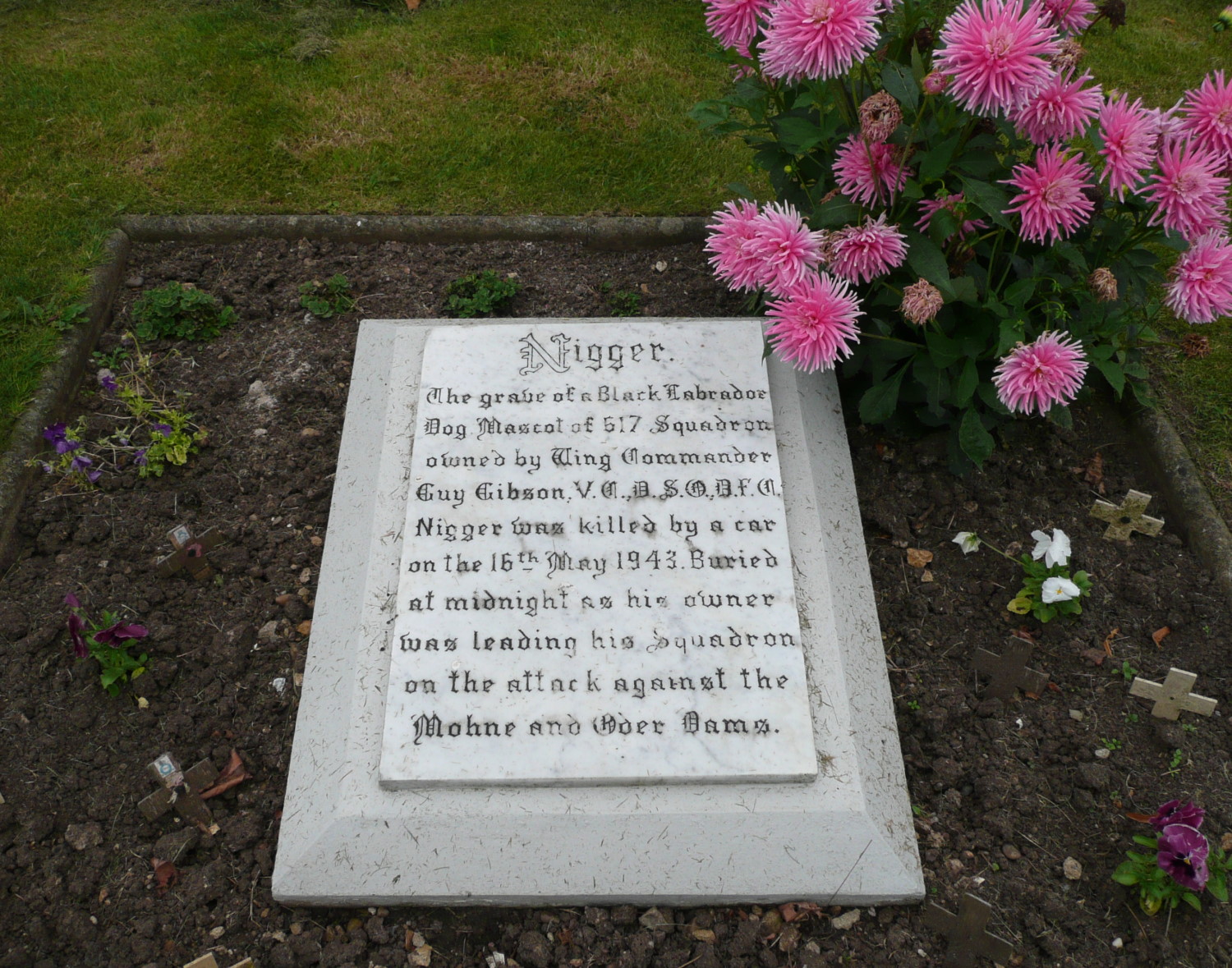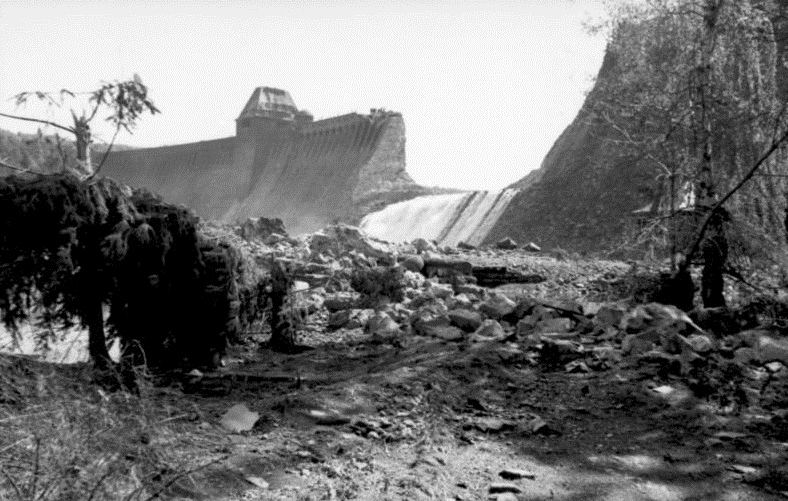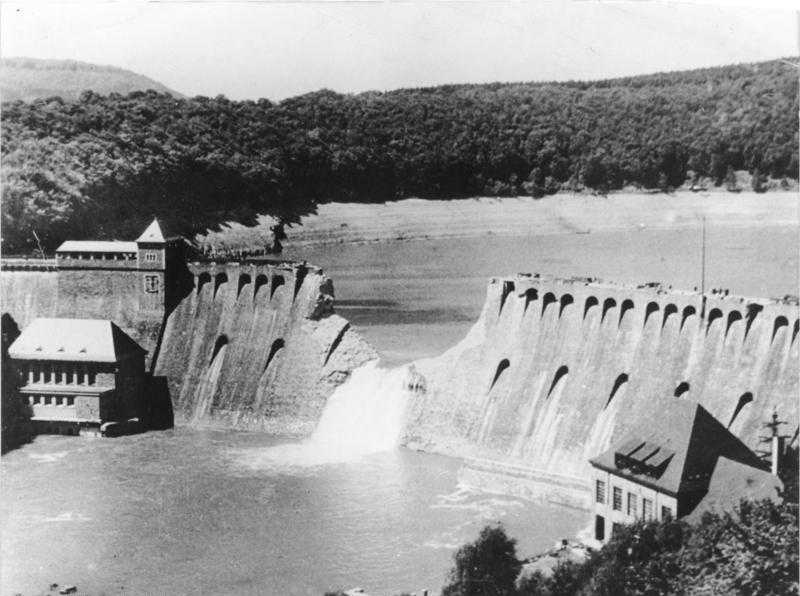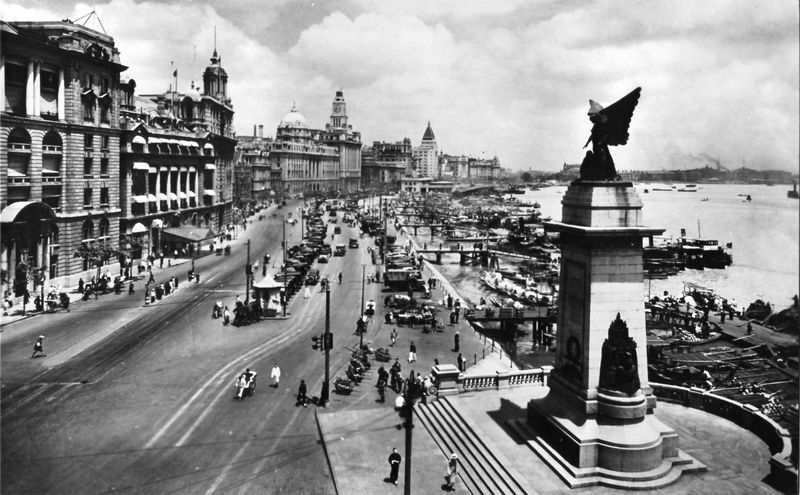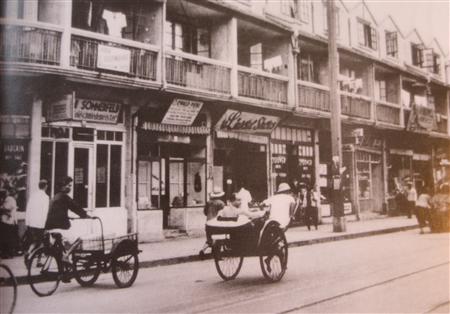The Victorian era is famous for a lot of things and even though it was over a hundred years ago, we tend to forget that the Victorians gave us all our most important inventions that we have today…stuff like…the automobile…the telephone…wireless telecommunications…the elevator…the skyscraper…electric lighting…and the x-ray machine, an essential piece of kit in any modern hospital.
But the Victorians are famous for a lot more than just big fancy, world-changing, event-hogging inventions. The Victorian era was the dawn of the age of consumerism. With the Industrial Revolution, it had suddenly become much easier, than in previous times, to manufacture and sell consumer-goods. Prices were dropping and more people could buy more things with more money at their disposal. Not stuff that people needed like axes and chairs and shirts and cooking-pots, but also things that people wanted, to improve their lives and better their existences. Antiques shops, flea-markets, eBay and junk-shops are filled with the best examples of the small, everyday inventions and paraphernalia that the Victorian mind came up with to improve their lives and make themselves more comfortable, more presentable, more relaxed and more readily able to go out into their brave new world. While some of these inventions have stood the test of time, some have fallen by the wayside and end up as curiosities on television programs such as the “Antiques Roadshow”. The Victorians were fantastic inventors of all kinds of whimsical and interesting consumer-products, not all of which are as familiar to us today as they once were.
Here’s a list of some of the more interesting household devices and accessories that the Victorians came up with to better their lives and keep up appearances…
Butter-Pats

A block of solid butter, of the kind you buy at the supermarket that’s wrapped in paper and has a nice, rectangular shape to it, is called a pat, as in ‘a pat of butter’. Did you know that? They get that name because back in the Victorian era, if you lived in a rural location such as a village with nearby farms, or if you lived on a farm yourself and you made your own butter, you would form these neat little rectangular blocks of butter with a pair of specially-made wooden paddles, called ‘butter-pats’.
Collar-Boxes

Not many people would recognise a collar-box for what it is, if you showed them one today. But a hundred years ago, the collar-box was an essential bit of dressing-kit for any respectable and well-groomed man about town. In the Victorian-era, the shirt was seen as an undergarment that was rarely removed and was seen much like a pair of underwear – just as a necessity, and just like underwear, one which you never exposed in public. But if you had to, then fashion dictated that you only showed the best bits – the collar and cuffs. Because collars and cuffs were easily soiled with sweat-stains, collars were replacable and you could take them off to be cleaned when required. Spare collars for your shirt were kept in the collar-box in your bedroom or dressing-room. It wasn’t until well into the 20th century that the idea of shirts having permanent collars started making serious headway.
Tie Press

If there’s any women reading this who have husbands who have large collections of ties…or if there are any men reading this who have large collections of ties, you might want one of these things. They’re called tie-presses and they’re comprised of two flat pieces of wood held together with a series of wing-nuts (two pairs in the photograph above, although there are examples with only one pair). Tie-presses were used to keep a man’s ties nice and flat and smooth. They were clamped between the two pieces of wood to press out the wrinkles and creases that formed in neckties and bowties due to the crinkling of the fabric that came about from the tying of knots.
Sleeve Garters

Sleeve-garters are a uniquely Victorian invention. Today associated with ragtime pianists and barbershop quartets, sleeve-garters were used to adjust a man’s shirtsleeves in the days before fitted, off-the-rack shirts were available to the public at large. The man would put on his shirt, do up the cuffs and then slide on his sleeve-garters. Once he’d got the cuffs to the right length on his forearms and wrists, he’d let the elastic sleeve-garters snap into place to stop the sleeves from sliding down and letting the cuffs move out of their best positioning. Shirts today are better measured than the “one-size-fits-all” shirts of the Victorian-era though, so they’re a rather rare sight today…Unless you happen to like the music of Scott Joplin.
Hat brushes

My personal hat-brush
With hats (particularly the trilby and the fedora) coming back into fashion lately, I could hardly write this article without mentioning the traditional curved hat-brush. Back in the Victorian era, when men and women both wore hats on a regular, almost daily basis, owning a hat-brush was essential. They were used to brush the dust, soot, ash and general grit off of the rabbit or beaver-fur felt that made up traditional hats. Their distinctive curved shape helped the user to brush around the circular brim of his or her hat without creasing or bending the fabric and damaging the hat’s shape.
Men’s hairbrush-sets

My set of men’s hairbrushes, with ebony handles. Made by Kent Brushes of England (Est. 1777!)
Believe it or not, guys, there was a time when men used hairbrushes just as frequently as women. Although today most men use combs, blow-dryers or even just their fingers to smooth, dry, spike, tousle or otherwise arrange their scalpy shagpile, from the last quarter of the 1800s right up until the 1950s, most men used a matched set of hairbrushes such as the ones pictured above, to comb their hair. If you’ve ever seen those slicked-back men’s hairstyles such as those on 1930s film-stars or on the men in old family photographs and wondered how they did it – they used brushes like these (one in each hand) together with a dabbling of hair-oil or hair-cream, to vigorously brush back their hair and part it to give it that classic slicked-back hairstyle.
Antimacassars

If you’ve ever been on a commercial airliner, chances are, you’ve seen these things on the backs of every single seat in the passenger cabin, these white, almost papery sheets that cover the tops of the seatbacks. What are they and what is their purpose?

Empty macassar oil bottles
These things have been around since Victorian times and they’re called…antimacassars. They’re named after macassar oil, a hair-product that was popular back in the day (and which would’ve been applied to your hair with the brushes seen further up). Although macassar oil gives your hair a nice, slick, suave sheen and shine to it, the unfortunate downside is that…it is oil! And oil goes everywhere. The antimacassar was invented deliberately to protect chairbacks from the runoff from this popular (it lasted for over fifty years!) but messy hair-product. Although macassar oil might not be as popular today as once it was, the antimacassar has lived on for over a hundred years.
Clothes Valet

Not nearly as common today as they were back in the Victorian-era, clothes valets were once seen in almost every well-dressed man’s bedroom, and they remained there until the 1960s when people started dressing more casually and suits, sports-jackets, trousers, leather shoes, ties and cufflinks gave way to T-shirts, jeans and sneakers.
The clothes valet was used to neatly hang and store clothes that you wore on a regular basis. The bars at the bottom of the valet were used to rest your shoes on. The hanger at the back was used for your waistcoats and jackets and the top bar was used to hang trousers. The storage compartment at the top was used to keep keys, wallets, cufflinks, watches and other essential daily accessories.
Boot-Scrapers

See that small, metal rectangular thing sticking out of the porch between the pillars? Back in the Victorian-era, those things were as common as dirt and they were found on almost every doorstep in the world. Common as dirt because that’s what they were designed to remove. They are boot-scrapers, also called door-scrapers or shoe-scrapers. In the 1800s, streets were often filthy, filled with straw, rain, dirt, dust, ashes, horse-dung and household rubbish. Before entering a respectable establishment, business or private home, a man or woman was obliged to scrape the soles of his or her shoes across the blunted top edge of the boot-scraper to remove crud from the soles of their patent-leathers, to avoid tracking dirt inside. Some places still have these things bolted, cemented or dug into the doorsteps, porches and front yards all over the world. If you’ve ever wondered what they’re there for and if the homeowner thought that he’d put it there merely to trip you up as a practical joke…use it for it’s intended purpose and scrape the crap off your shoes before you go inside…the guy who put it there will thank you.
Shaving Scuttles

Shaving-scuttles (the thing behind the razor), are a uniquely Victorian invention. The scuttle was invented in the mid-1800s as an answer to men needing hot water for shaving but without having the modern benefit of running hot water in their bathrooms. To get a good shave, the scuttle was filled with boiling water hot from the stove in the kitchen before the shaving-brush was shoved into the spout of the scuttle to soak it. The brush was then removed and used to lather up the soap in the soap-dish on top of the scuttle. There are drainage-holes in the bottom of the soap-dish to allow any excess water to run back down into the lower chamber. These things are great for giving you nice, hot scented lather for shaving.
Barber-Surgeon’s Bowl

This rather neat little brass bowl looks all innocent and retro and quaint and unassuming, doesn’t it? It’s just as well that all that old-world charm exists, to cover up its far more grisly purpose.
That is a barber-surgeon’s bowl. Back in the old days, the barber-surgeon was the man responsible for the dual occupations of both barbering and surgery. That’s right. He would shave you and then amputate your leg. And he would use the same bowl to catch the shaving-lather…as he would…to catch the blood which came off from the stump after the amputation, or which would be drained from your body if he thought it necessary to carry out the age-old (but completely useless) task of bloodletting, where he would slice open a vein with a lancet and bleed you, collecting a measured amount of blood in the same bowl that he might just as well use for removing freshly-shaved lather from a gentleman’s chin and cheeks.
By the Victorian-era, you’ll be glad to know, the barber-surgeon was a thing of history…but they both still kept their bowls…and they both still used them…the barber for shaving and the surgeon for the collection of blood. The inward curve on the lip would go around your neck, if you were being shaved, so that the lather wouldn’t fall on your clothes. Or it would go against your arm or leg if you were having a limb amputated by the surgeon and he needed to catch the blood.
The Glove Compartment
Every car in the world…unless it’s a Peel P50…has a glove-compartment. This strange little cubbyhole, which always seems to be too small to hold anything that you would really need in a car, and which is always full of junk like instruction-manuals, letters, boxes of tissues and spare batteries, is a holdover from the earliest days of motoring, in the closing years of the Victorian era and the brief stint of the Edwardians at the start of the 20th century.
Back then, driving was a filthy and dangerous exercise. Roads were unpaved for the most part, and incredibly dusty. And even when they were paved, the roads could still be filthy and covered in all manner of filth and detritus. Not to mention that most cars of the era were open-topped affairs, susceptable to wind and rain. Keeping warm and dirt-free was essential. To aid in this, drivers wore purpose-made ‘driving-gloves’ to keep their hands clean and warm. These gloves were stored in a small box or compartment in the car so that they would always be nearby when the driver needed them.
The days of motorists needing driving-gloves are long gone, but the glovebox or glove-compartment remains.
Pen-Wipers

Cute little things, aren’t they? A sweet little bunny-wabbit and a cuddly little birdy-beak. Believe it or not, as adorable as these things are…they’re not toys. They’re called pen-wipers, and their rather unimaginative name directly reflects their purpose…they’re for wiping your pens on!
Until the very last decades of the Victorian-era, all writing was done with a dip-pen, a steel nib and an inkwell. Because ink was of the powdered, ‘two minute noodles’ variety, to which you just added water, it was common for dip-pens to accumulate a crusting of dried inky gunk on them after long periods of writing. This gunk would jam up the pen and impede the inkflow. To clear the nib of the dried ink and improve writing performance, men and women would keep little cloth ‘pen-wipers’ on their desks. These were simple little decorate mats with something in the middle (like the bunny or the bird’s head) to weigh it down and stop it sliding all over the desk. You wiped the pen-nib on the cloth, clearing the nib-channel before dipping it back in your inkwell and continuing with your correspondence or work.





